Applications for Ohio Farm Bureau Health Plans now available
Members have three ways to apply: contacting a certified agent, calling 833-468-4280 or visiting ohiofarmbureauhealthplans.org.
Read MoreThe Buckeye Agricultural Leadership Pathways program aims to increase undergraduate enrollment by prioritizing early admission notification for early applicants and including additional consideration in the application review for FFA and 4-H participation, leadership experience, and recognition of skills learned in farming experiences.
The Ohio State University College of Food, Agricultural, and Environmental Sciences found success with a new pilot for enrollment called the Buckeye Agricultural Leadership Pathways program.
As Ohio State has become more selective in its overall enrollment in recent years, CFAES was experiencing a concerning trend in its own college admissions, said Cathann Kress, vice president for agricultural administration and dean of the College of Food, Agricultural, and Environmental Sciences, on a recent Ohio Farm Bureau Podcast.
While CFAES was getting a lot of applicants every year, enrollment wasn’t what the college expected it to be, she said. After studying the issue, CFAES found that those students who applied had been waitlisted with the university. While they were waitlisted and waiting for their final admittance, they weren’t able to learn about scholarships or other opportunities available to them in CFAES. Tired of waiting, they often went elsewhere.
“I know the capacity of our college and I know that these students could be successful, and I know our industry needs them in the workforce and needs them right here in the state of Ohio,” she said. “So we were pretty clear that something needed to be done. I also heard loud and clear from so many in our industry that something really needed to be done. So we gave the pilot program a try.”
The goal of BALP was to increase undergraduate enrollment in the college by prioritizing early admission notification for early applicants and including additional consideration in the application review for FFA and 4-H participation, leadership experience, and recognition of skills learned in farming experiences. Students in Animal Sciences and the School of Environment and Natural Resources were not eligible for BLAP because enrollment was already up in those majors, Kress said.
Early returns on the program, which was launched for the applicants coming to Ohio State for the fall 2023 semester, were encouraging, she said. Taking into account the 4-H and FFA involvement of students in the application process was a key factor to CFAES admittance, as was disbanding with the waitlist.
“One of the big wins of the pilot was getting rid of that waitlist, which allows us to then immediately reach out to those young people,” Kress said. In the program, enrollment at Ohio State main campus and ATI in Wooster increased exponentially.
“What the university told me is if we saw a 5% increase in enrollment, they’d let us keep moving forward with this pilot. I’m really pleased to say that we saw a 30% increase in enrollment (on the main campus),” she said, noting that ATI Wooster enrollment was up 10% as well. “So I think we’re on the right track.”
That is good news for Ohio agriculture, and for students who spend their formative years honing their agriculture skills in 4-H and FFA.
“Members have been clear with me that they wanted CFAES to be more open to kids from rural Ohio,” said Adam Sharp, executive vice president of Ohio Farm Bureau. “The emphasis our member families place on 4-H and FFA as some of the best youth development programs out there are now part of the consideration the college uses to evaluate student applicants. This is a huge step forward and will help continue to build Ohio’s agriculture workforce at our premier land grant university. We need to attract our rural youth to our Ohio land grant and build careers, workforce, community and family in our state. We have been very supportive of the development of this program and really appreciate the Dean’s work on this important matter.”
Kress hopes to expand the program next year and continue to promote the BALP and CFAES statewide.
“We just have to keep being very aggressive about helping young people to understand that this is a great career pathway, that it’s a high tech industry and you can do almost anything, whether you’re interested in international trade, whether you’re interested in production farming, whether you’re interested in water quality, whether you’re interested in genetics or nutrition,” Kress said. “There’s such a variety of things that you can do in agriculture and the food system, and we want to make sure more young people understand that.”
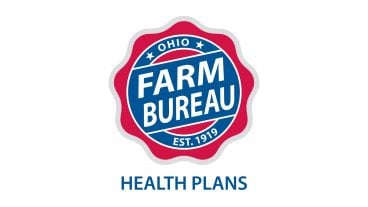
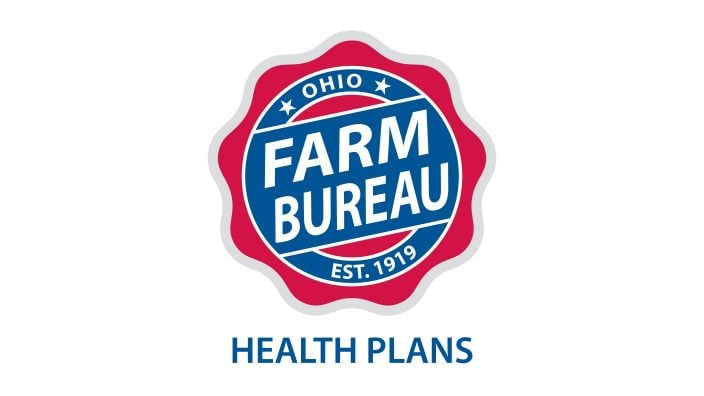
Members have three ways to apply: contacting a certified agent, calling 833-468-4280 or visiting ohiofarmbureauhealthplans.org.
Read More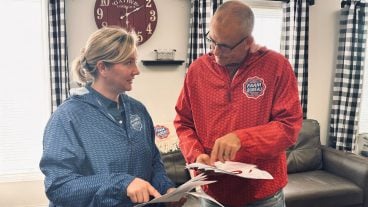
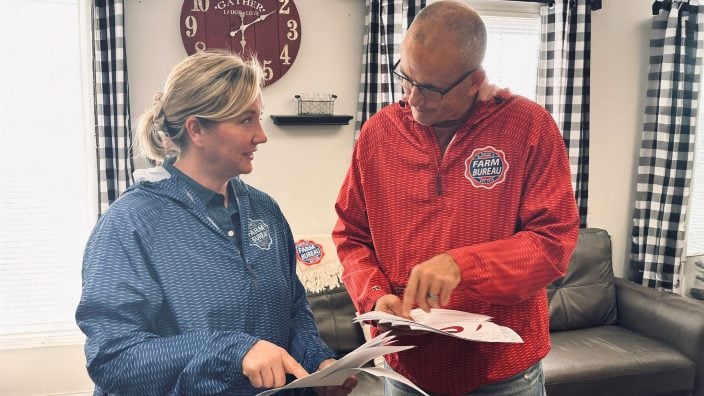
One of the best decisions Shannon and Heather Utter made a few years ago was looking into a Farm Bureau member benefit that has ended up saving them thousands of dollars on their energy bills.
Read More

Ryan Hiser has experienced first-hand the importance of having the opportunity to vote on issues that will affect his family operation and other farmers.
Read More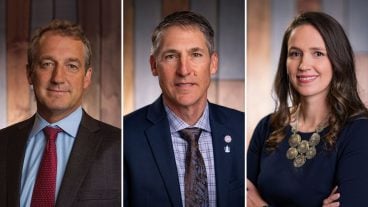
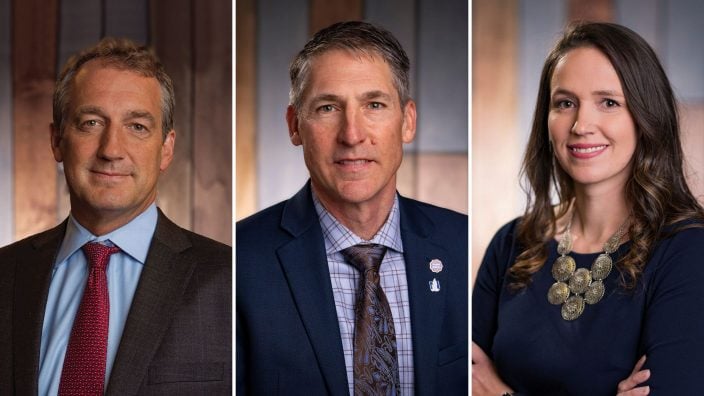
Bill Patterson, Cy Prettyman and Adele Flynn will continue to serve as officers for Ohio Farm Bureau Federation.
Read More

Delegates discussed many topics impacting agriculture including farmland preservation, local foods, and succession planning.
Read More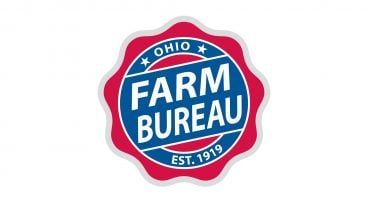
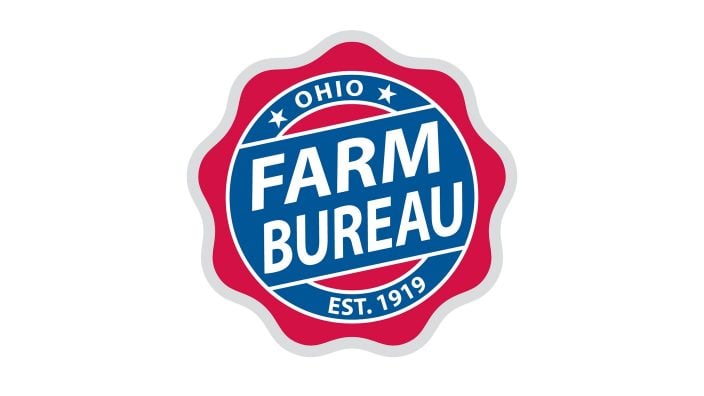
Twenty-six farmers govern the state’s largest farm and food organization.
Read More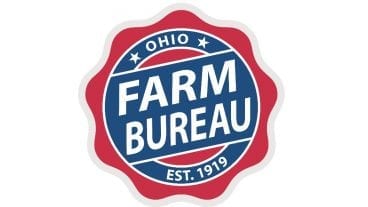

The 2025 recipients are Fred Cooke (posthumous) of Richland County, Marvin Dietsch of Williams County, Steven Knollman of Hamilton County and Michele Miller (posthumous) of Ottawa County.
Read More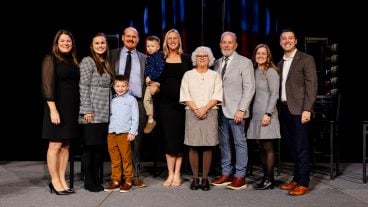
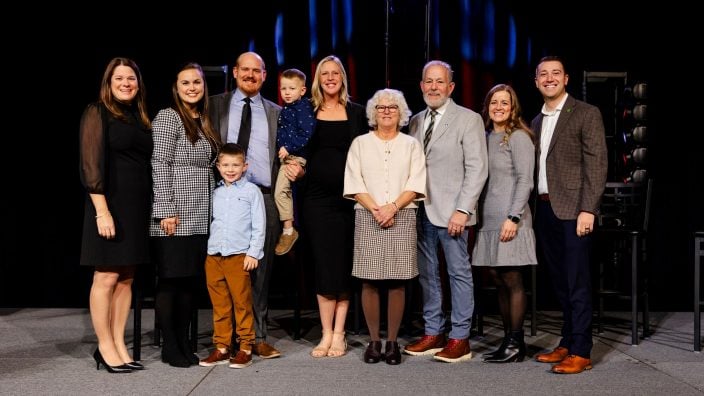
Nathan and Jill Parriman grow seasonal crops, including Christmas trees, pumpkins and cut flowers, providing U-cut experiences that invite customers to engage directly with agriculture.
Read More
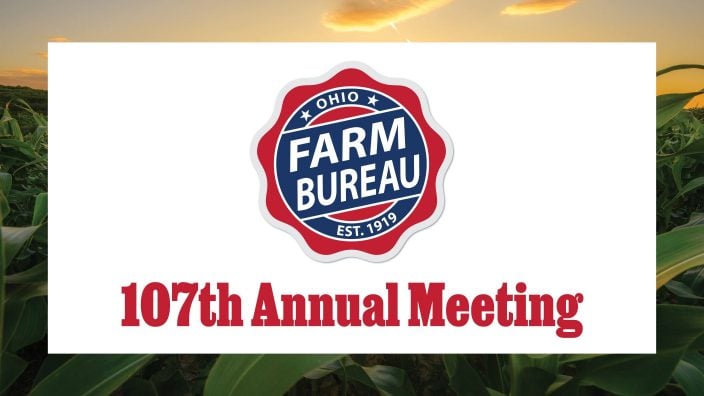
The 2025 Distinguished Service Award recipients are Craig Adams, Mike Townsley, and Kellogg Farms, Kurt Farms and Stateler Family Farms.
Read More

Ohio Farm Bureau Treasurer Adele Flynn participated in the meeting, representing Ohio farmers.
Read More